Development pressure, high farmland prices a big concern
With the pressure on Ohio farms, perhaps the most important way farmers can afford to keep farming is with the protection of CAUV.
Read MoreWhen ODOT initially unveiled its US Route 23 proposals, the Skinner family saw red flags all over the place and the need to take action.
Earlier this year, when Ohio Department of Transportation District 6 started looking for ways to relieve congestion on U.S. 23 north of Columbus, a few routes were initially considered. The plan for some of those routes included running right through prime farmland.
Connie and Brian Skinner own one of the farms that was part of a possible bypass route. They are part of a multi-generational grain operation in Delaware County that goes back to 1912. The Skinners both have served previously on the county Farm Bureau board, and Connie is a Brown Township Trustee. When ODOT initially unveiled its proposals, the Skinners saw red flags all over the place and the need to take action.
In her role as a township trustee, Connie was invited to a steering committee meeting where plans were proposed. After attending, she said, “My main goal was to make sure as many people as possible were aware (of what was being proposed) and had as much information as possible.”
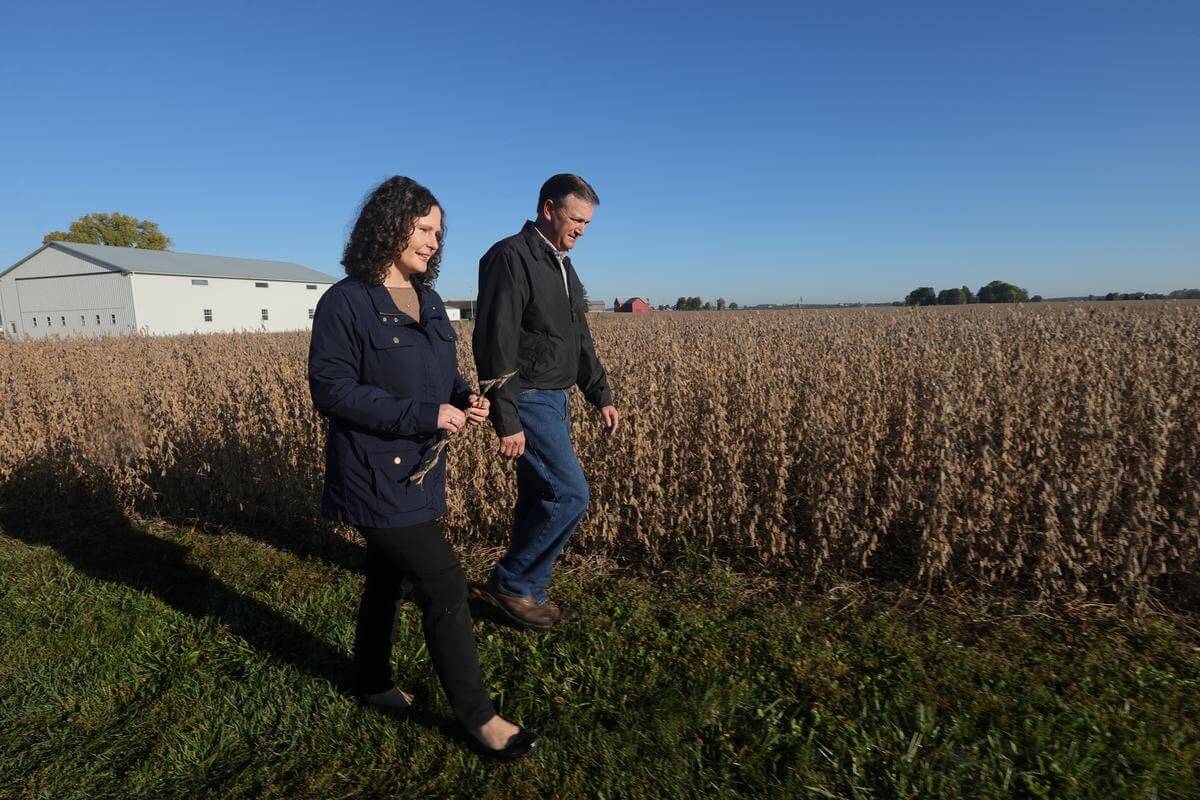
Some of the proposed plans included routes in Marion and Morrow counties as well. When the scope was understood, that’s when the grassroots nature of Farm Bureau came into focus. Spreading the word to farmers in neighboring counties who could have been impacted by the proposals was key, said Abra Dunn, Ohio Farm Bureau organization director for Crawford, Marion, Morrow and Richland counties. Ohio Farm Bureau also submitted comments through ODOT’s comment portal for the project on behalf of members in impacted counties as well.
Constructing a bypass through farmland does more than potentially take scores of acres out of agricultural production; it has a profound and costly impact on everything that piece of land has been about for decades, Brian said.
“It would change the landscape of a farm completely,” he said. “It’s so disruptive and damaging. They don’t see the tile structure underneath a farm, or the potential extra miles out of the way I’d have to go to get to the other side of the farm. It is not the same farm.”
Spreading the word to fellow Farm Bureau members, and having those members and local supporters of farmers show up to ODOT meetings on the bypass, made an impact, Connie said. In May, ODOT scrapped previous plans and headed back to the drawing board this fall.
“One of the best things to come out of this process is that (ODOT) is now including (area farmers),” she said. “They are listening to us. They really need to know what we have to say.”
The ability to mobilize a grassroots effort is one of Farm Bureau’s greatest strengths, said Melinda Lee, Ohio Farm Bureau organization director for Delaware, Franklin, Madison and Union counties.
“Being a Farm Bureau member gives you a voice,” Lee said. “When it comes to large road projects that present options to take prime farmland out of production, that is where you see your membership dollars at work. Farm Bureau was at the table and our voice was heard.”
There is no doubt that the congestion on U.S. 23 north of Columbus needs to be addressed, Brian said, but he noted that “there are other possibilities and less invasive methods to conserve the land.”
However, any loss of farmland – more than 11 million acres have been lost to development in the last two decades across the country – weighs heavily on the Skinners’ minds as well. It reminds Brian that farmers and ranchers everywhere need to be ever-vigilant and pay attention to the potential costs of urban progress.
“Without our farmland, our country and the world are destined for hardship,” Brian said.
Roundabouts are another obstacle farmers face as they move from field to field during harvest and planting seasons, and Farm Bureau has worked with ODOT as they are developed in rural areas. However, all roundabouts aren’t created equal. A recent visit with a Plain City farmer highlights those challenges.
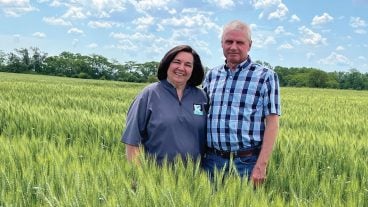
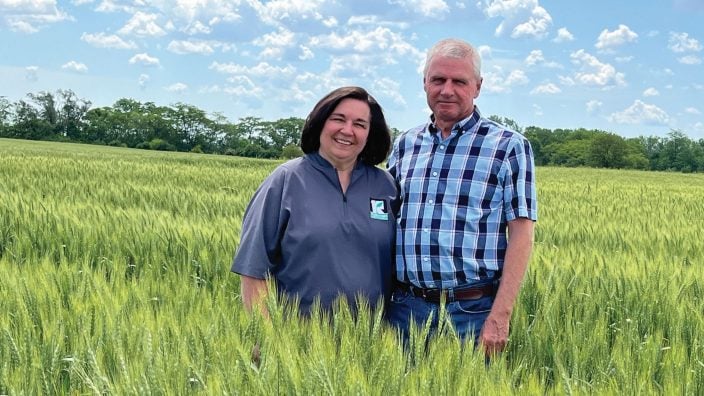
With the pressure on Ohio farms, perhaps the most important way farmers can afford to keep farming is with the protection of CAUV.
Read More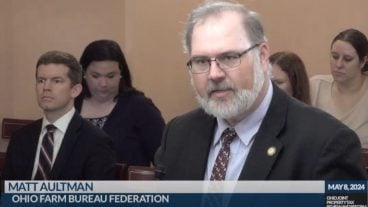
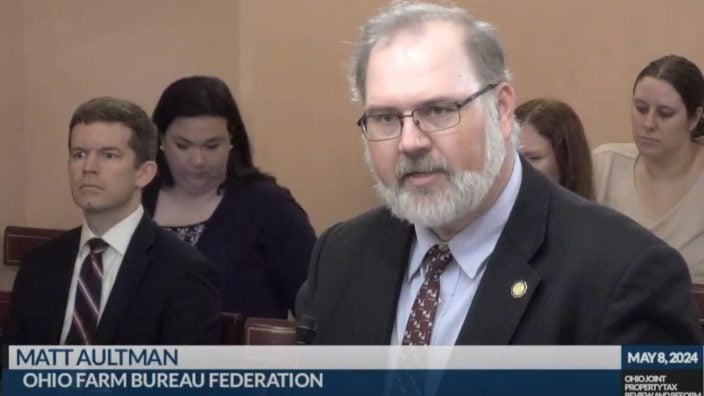
During his testimony, Aultman added that ensuring that agricultural property is valued for its agricultural potential and not development is critical to the continued success of Ohio agriculture.
Read More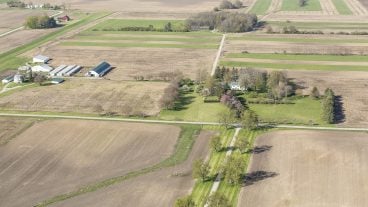
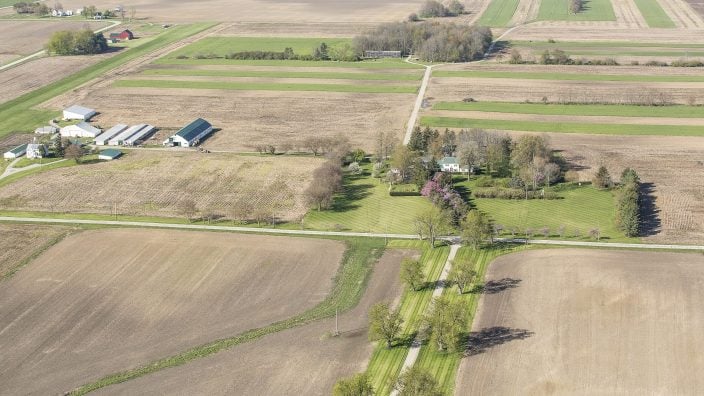
Get an update on the real estate picture in rural Ohio from Wright and Moore and find out why a new farm bill is a priority for Sunrise Cooperative and its members.
Read More

American Farmland Trust hopes its new national program, Land Transfer Navigators, will protect family farms and stem the flow of farmland to nonagricultural uses.
Read More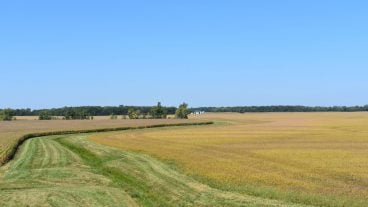
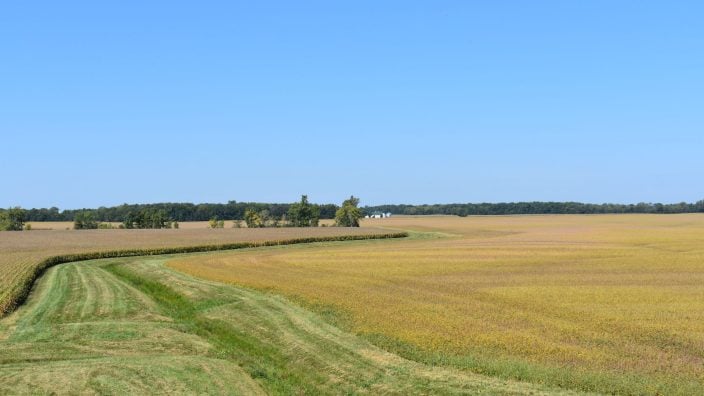
Ohio Farm Bureau 2024 priority issues focus on business climate, regulatory environment, preserving Ohio’s farming heritage, healthy rural communities, and grassroots advocacy.
Read More

Brooks Lamb previews his upcoming talk at the Young Ag Professionals Winter Leadership Experience as he shares his story of starting a farm career in a very challenging time.
Read More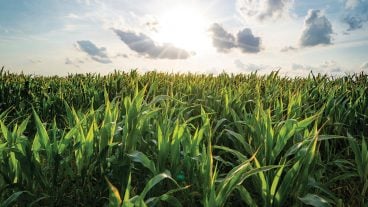

Perhaps it is time once again for a larger conversation about farmland preservation in our state, as each acre taken jeopardizes future food production and food security for our nation.
Read More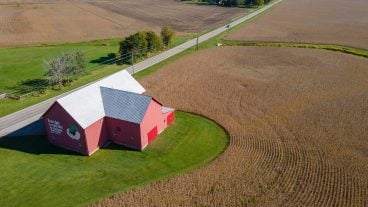
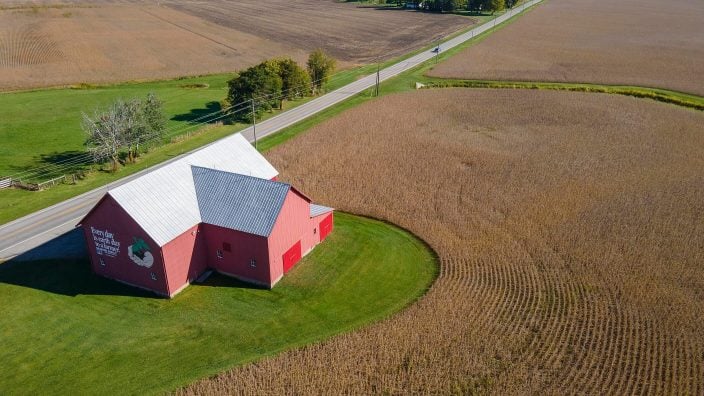
When ODOT initially unveiled its US Route 23 proposals, the Skinner family saw red flags all over the place and the need to take action.
Read More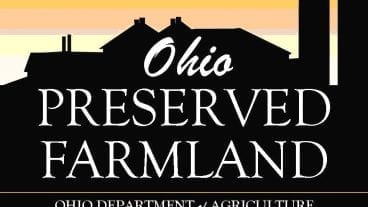
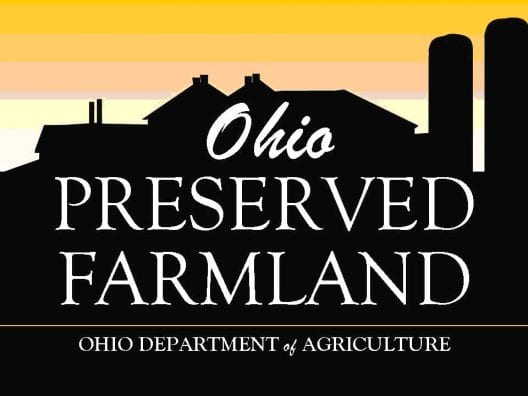
Licking County Soil and Water Conservation District has recently been certified as a local sponsor for the Ohio Department of…
Read More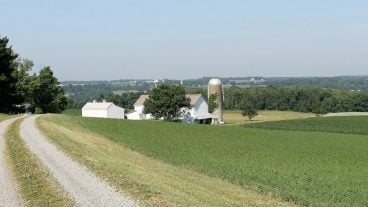

The Ohio Department of Agriculture (ODA) recently announced approval for local sponsors to purchase agricultural easements on 51 family farms…
Read More